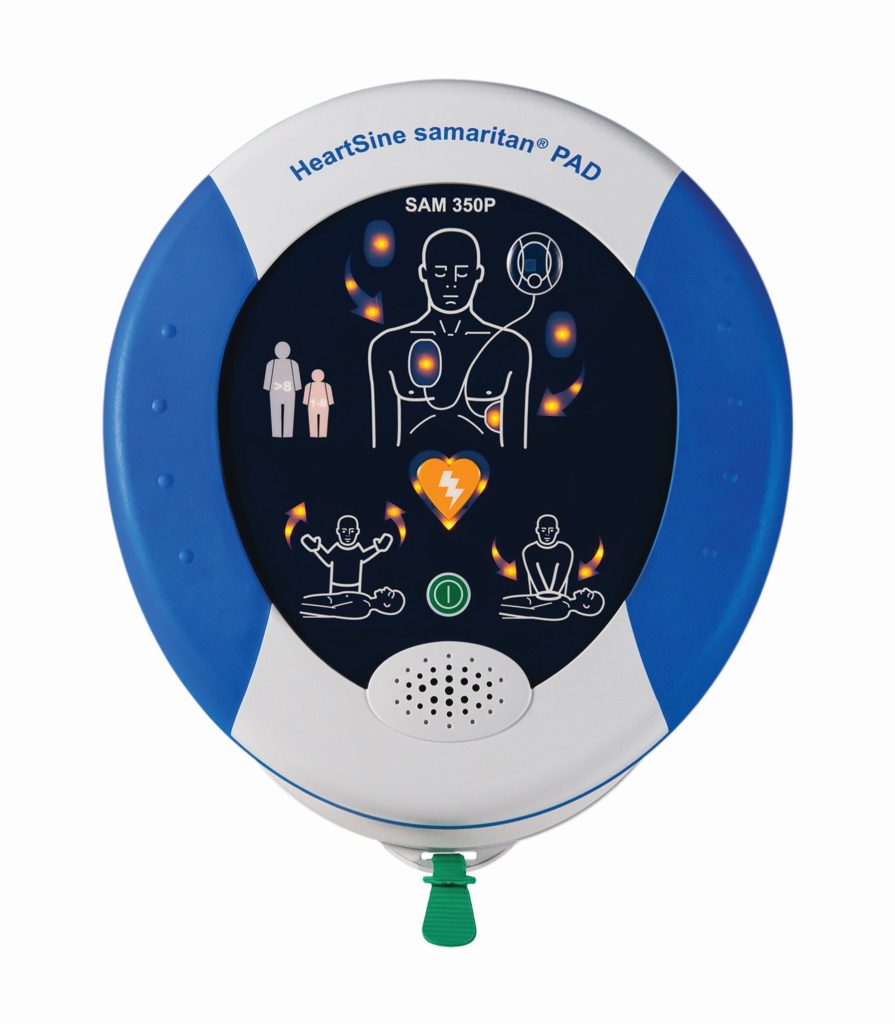Do I require automated external Heartsine 500p defibrillators?
Heartsine 500p - AEDs are lifesaving devices that can be a significant part of your workplace safety plan. But where do you start? Is an AED right for me? What does my business need to do to meet compliance requirements and ensure our employees are safe? Let's explore the basics of AED use and compliance, as well as what you should know before buying an AED.
When is an AED required?
You should consider purchasing a Heartsine 500p - AED if you or your staff are likely to be in situations that could result in sudden cardiac arrest, such as a gym, sports field or swimming pool. The device is also useful for the home.
If you are responsible for the safety of others and don't have access to an automated external defibrillator (AED), you must ensure that someone who does have one is present at all times when people are at risk of cardiac arrest.
If you do have a defibrillator in your home or workplace, it is important to ensure that it is in good working order and that someone trained can use it effectively. It should be inspected regularly by a qualified engineer and serviced every year.
How Should an AED Be Used?
AEDs are designed to be used by lay people. So, if you've never administered emergency first aid before, no need to worry. AEDs have voice prompts to guide you through the process step-by-step.
With that being said, there are some restrictions on who can use an AED:
- You should not use an AED on children under eight years old or on pregnant women.
- You should not use an AED if the person has a pacemaker or other internal medical device (such as artificial heart valve).
Deciding if an AED is right for me
There are a number of things to consider when determining if Heartsine 500p - AED is right for your facility. If you have staff who are qualified, trained and willing to use the defibrillator, then it might be worth investing in one. However, if you don't have anyone on hand that can administer shocks or aren't in a high-risk area where the need for immediate treatment is likely, then an AED may not be necessary for your workplace.

AEDs should always be used in conjunction with qualified staff that have been trained in their use, so it's important to think about whether someone will be available during business hours and after hours when emergencies could arise. If there are no plans whatsoever for someone being on site at all times during regular business hours (9am – 5pm), then there probably isn't any need for an AED at all since there won't ever really be anyone present who could use it appropriately.
If you do have people available who can use an AED and there is a good chance that someone will be around during business hours to administer shocks, then it might be worth considering investing in one for your facility.
Conclusion
We hope this article has helped you make an informed decision about whether or not to install an automated external AED (A-E-D).

Comments
Post a Comment